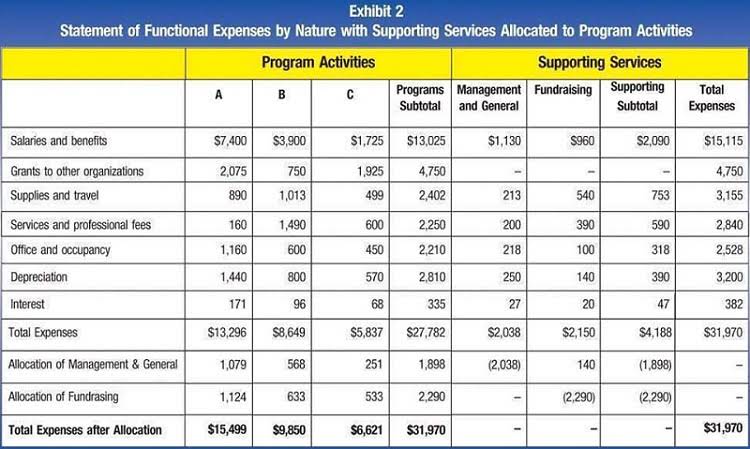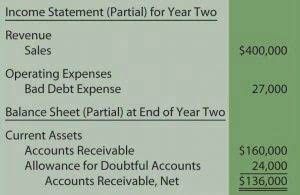
Finding a rent price that will suit both your financial constraints and tenants’ budgets will give you a stable demand for your property and a positive cash flow. The more cash flow a property generates, the more money will be available to redistribute back to investors, thereby increasing the CoC returns. Total cash flow is the profit after all expenses are which of these has a negative impact on the property owners cash flow? paid – including debt service. NOI, on the other hand, is calculated as the gross income less operating expenses. Typically, property taxes are based on an assessment of the market value of a property.
- Property investing is complex — it’s easy for buyers, especially novices, to overestimate how much they’ll be able to earn.
- If the rental income for the same property was $100,000, but operating expenses were $80,000 and debt service was $25,000, the resulting cash flow available for distribution is ($5,000).
- For example, one owner may feel that low leverage (a lower loan amount) is better for their investment criteria than another, more risk-tolerant, investor.
- This figure is important because it typically represents the cash that is available to be distributed to investors.
- Are you navigating the real estate investment landscape, aiming to maximize returns?
Encourage Long Term Tenants
Depending on the specifics of an investment property’s performance, cash flow can be positive or negative. At First National Realty Partners, we specialize in the acquisition and management of grocery store anchored retail centers. As part of our own pre-investment due diligence process, we invest a significant amount of resources into accurately projecting cash flow for all of our potential acquisitions. If you are an Accredited Investor and would like to learn more about our current commercial property investment opportunities, click here. Key to this investment strategy is to accurately estimate any needed repairs and purchase a vacant home at a below market price.

Appeal property taxes
When an investor decides to enter the world of real estate and purchase a cash flow property, the first step should be to craft a detailed business plan. Unfortunately, with the excitement and frenzy of investing, it can be easy to make a poorly outlined business plan or even not to make one at all. We’ve outline everything you need to know to make sure you don’t end up in financial ruin. Here are 4 factors that can result in a negative cash flow property. When putting together an investment strategy, real estate investors often debate whether it’s more beneficial to focus on cash flow or appreciation.

Join Our Investors
No, but you should realize the tax benefit as part of your refund or as it offsetting taxes you owe on other taxable income. When you purchase a rental property, you’re buying the land and the structure (known as “improvements.”) The land does not depreciate, but the improvement does. Personal residences do not receive these tax benefits, only investment properties do. Depreciation can generate significant tax savings, which normal balance indirectly puts money back into your pocket. Understanding why cash flow is important in real estate extends to more than just profitability.
How Much Cash Flow is Good for a Rental Property?
- As a mature company, Apple decided that shareholder value was maximized if cash on hand was returned to shareholders rather than used to retire debt or fund growth initiatives.
- I often compare investing for the appreciation to investing in the stock market.
- A positive number indicates that cash has come into the company, which boosts its asset levels.
- If the real estate investor pays the utilities, it may pay for itself to replace outdated fixtures.
- The same can be said for long-term debt, which gives a company flexibility to pay down (or off) debt over a longer time period.
For multifamily properties, other income could include laundry, furniture rental, or a membership to the fitness center on the property. These expenses could include real estate taxes, electricity, water, and potentially other services as well. The majority of this paper will discuss the two main components of NOI, revenue and expenses. Before we get there, however, it’s important to discuss one thing that often trips up those who are new to real estate analysis and valuation.

